We explore the effects and appeal of watching horror films among students and young people, as well as the psychology of fear.

Recently, attention to the peculiarities of media influence on the younger generation has increased. Mass communication media is not only a source of information or one of the many forms of entertainment but also has excellent opportunities to influence the child’s personality, psyche, and behavior. In this regard, there is an interesting fact about the peculiarity of media influence on the audience.
Particular attention is attracted to films that demonstrate cruel and frightening behavior. It has been established that showing violent scenes on television causes a significant increase in the aggressiveness of viewers. Among the films, the most crucial concern is caused by “horror films,” which include in their bloody plot scenes characters of frightening or disgusting appearance — zombies, demons, etc.
Some parents are worried that their children watch such films for several reasons: propaganda of violence, destruction of the nervous system, and substituting films for recreation or study. However, they do not consider that such films develop imagination and may actually help rather than hurt the viewer’s mental state.
If students can prioritize what’s important and what’s not, they’re on the right path. Many students often think, “Oh, I wish someone could write my essay for me so I could watch that movie.” There’s nothing wrong with that intention. We all need to balance hard work with time to recharge and escape from mounting pressures and responsibilities.
Many works are devoted to studying the content of horror films in Europe and the USA. Some authors pay attention to the range of films in terms of their characters and create classifications of monsters shown in such films. Others pay more attention to the cultural and historical aspects of the emergence of such movies. Still, others investigate how the perception of violent scenes affects children, adolescents, and young people.
All these research areas consider the audience as a passive object of influence of films.
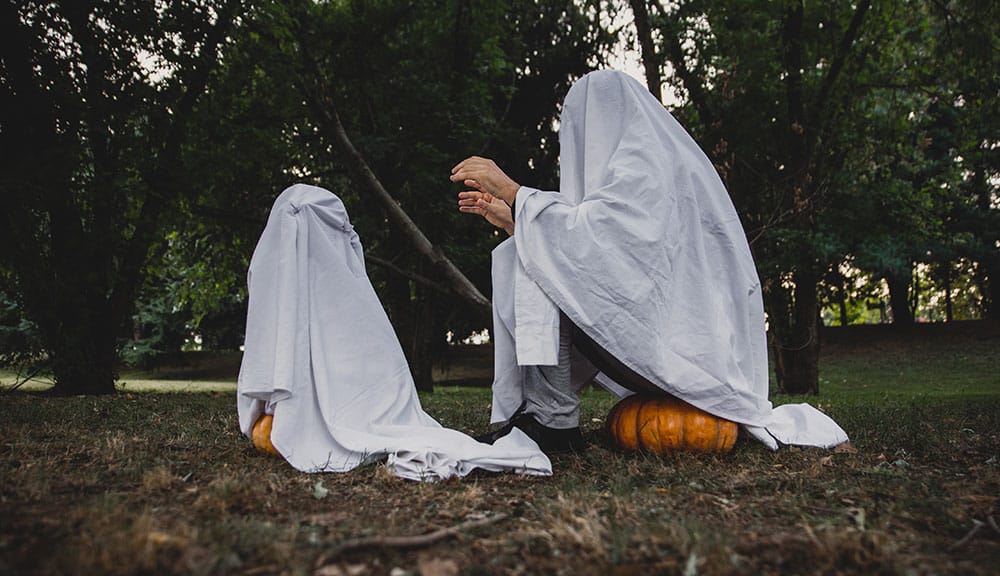
The audience that shows great interest in horror films, however, is not only an observer of what is happening on the screen.
There is something that determines the choice of films of a particular genre, the peculiarities of perception of characters and plots, the behavior of viewers while watching, and, to a greater extent, the degree of influence they have on what they see.
According to foreign researchers in the West, horror films are preferred by 70% of viewers. And thrillers, “scary” computer games, and attractions are no less popular.
Additionally, this is not an invention of modern times.
Terrible rituals, Roman gladiators, Spanish bullfighting, and fist fights are only the most famous of such phenomena throughout history. Folklore and mythology of all nations are full of horror stories.
From early childhood, we are accompanied by scary fairy tales. Most of the”innocent” nursery rhymes and fairy tale stories of our youth are, in fact, based on real horror stories. And let’s not forget the creepy ghost stories children love to tell and be told. It’s this thirst for all things creepy and disturbing, even from an early age, that made books like Scary Stories to Tell in the Dark so popular.
What can explain this attraction of humanity to the terrible?
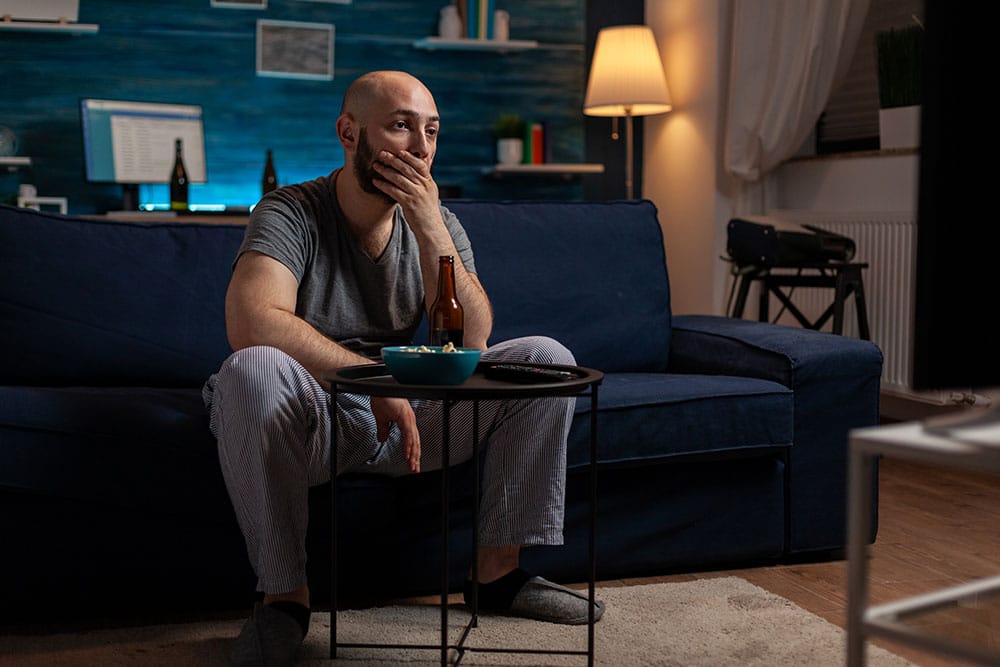
After all, fear is one of the most unpleasant feelings, and in real life, we try to get rid of it in every possible way.
But it seems that people of any age need a scary fairy tale. Despite all its tension, pace, and stress, our everyday life is too fresh, monotonous, and devoid of vivid emotions.
And it is horror films, thrillers, and computer horror stories that allow you to go beyond the usual world, experience unusual thrills, to get a discharge due to the release of adrenaline.
In addition, psychologists believe that fictional horrors help people to survive their own hidden, often even unconscious, fears and get rid of them. And some see horror stories as relieving chronic stress and anxiety in a completely safe form, without leaving a comfortable chair or looking away from the screen.
Another question is whether it is so safe for our psyche.
After all, an “overdose” of acute negative emotions can cause severe mental problems. A person begins to look for some hidden dangers, phobias may arise, sleep may deteriorate, and even mental disorders may occur.
While the impact of “horror” on children deserves a separate conversation, by and large, horror films are viewed as a healthy outlet.
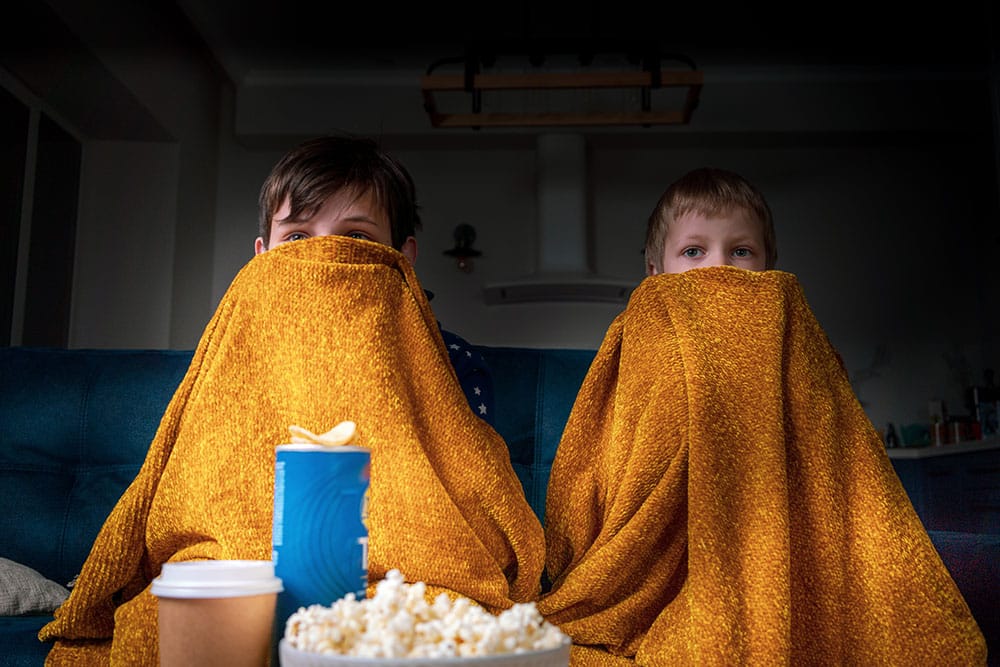
They allow us to better cope with real-world fears and horrors and manage stress and anxiety.
Horror films are meant to scare, to evoke the fears hidden within us, often in a shocking ending. They effectively focus on the darker sides of human life and strange and disturbing feelings. Horror films reveal the primordial nature of man, primitive fears: vulnerability, fear of the unknown, fear of death. The darkest, most primitive sides that simultaneously attract and repel us are contained in this genre.
So if you are an emotional, vulnerable person with nervous disorders, watching horror films may not be the best outlet for you. But many find that watching disturbing onscreen content is not only enjoyable and relaxing but also therapeutic in many ways.
Perhaps, the number one factor contributing to our love of horror films is the realization that we can turn them off at any time if they get to be too much, unlike the real-life horrors we often face.


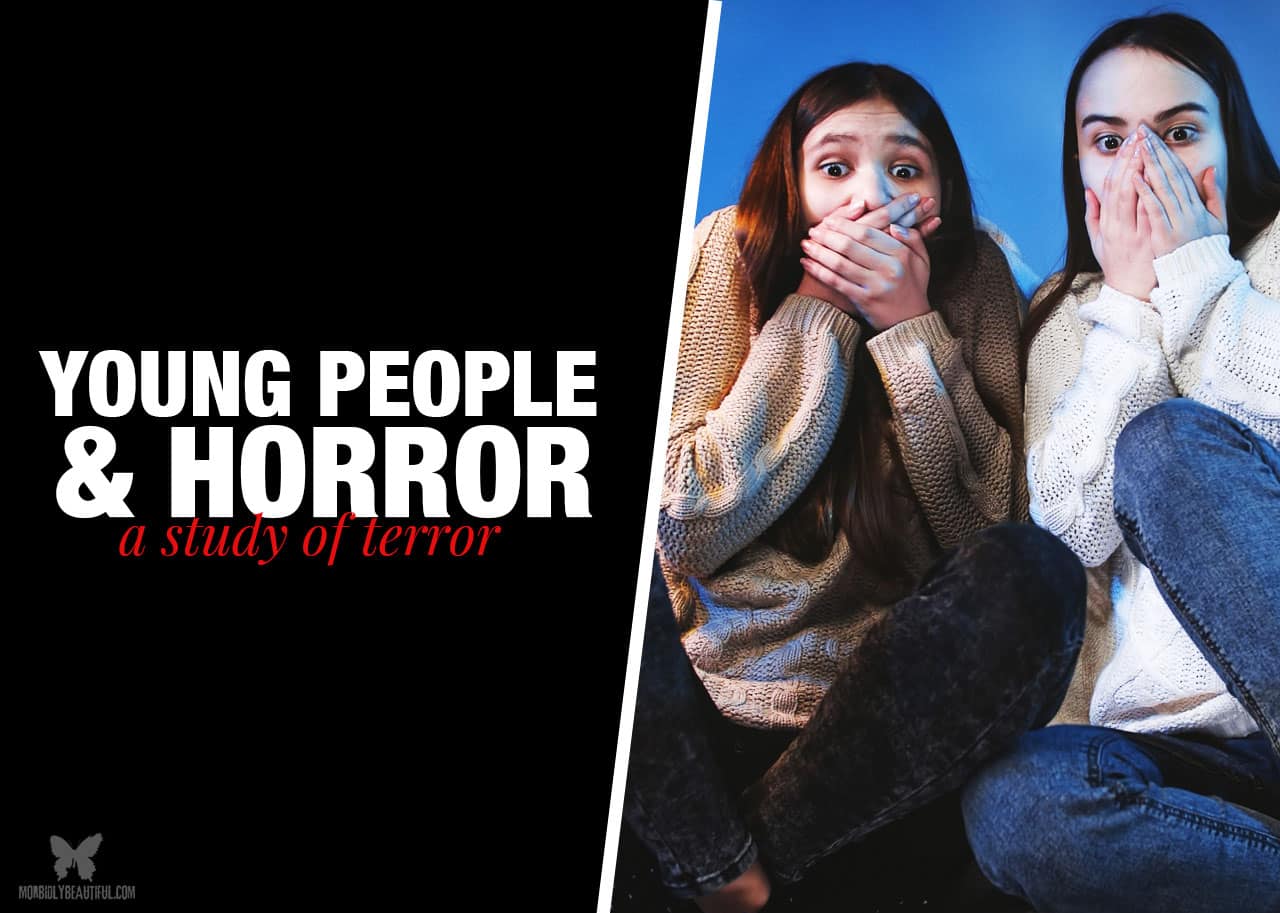
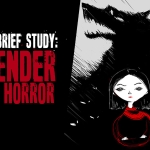

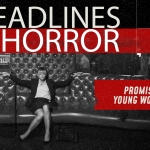








Follow Us!